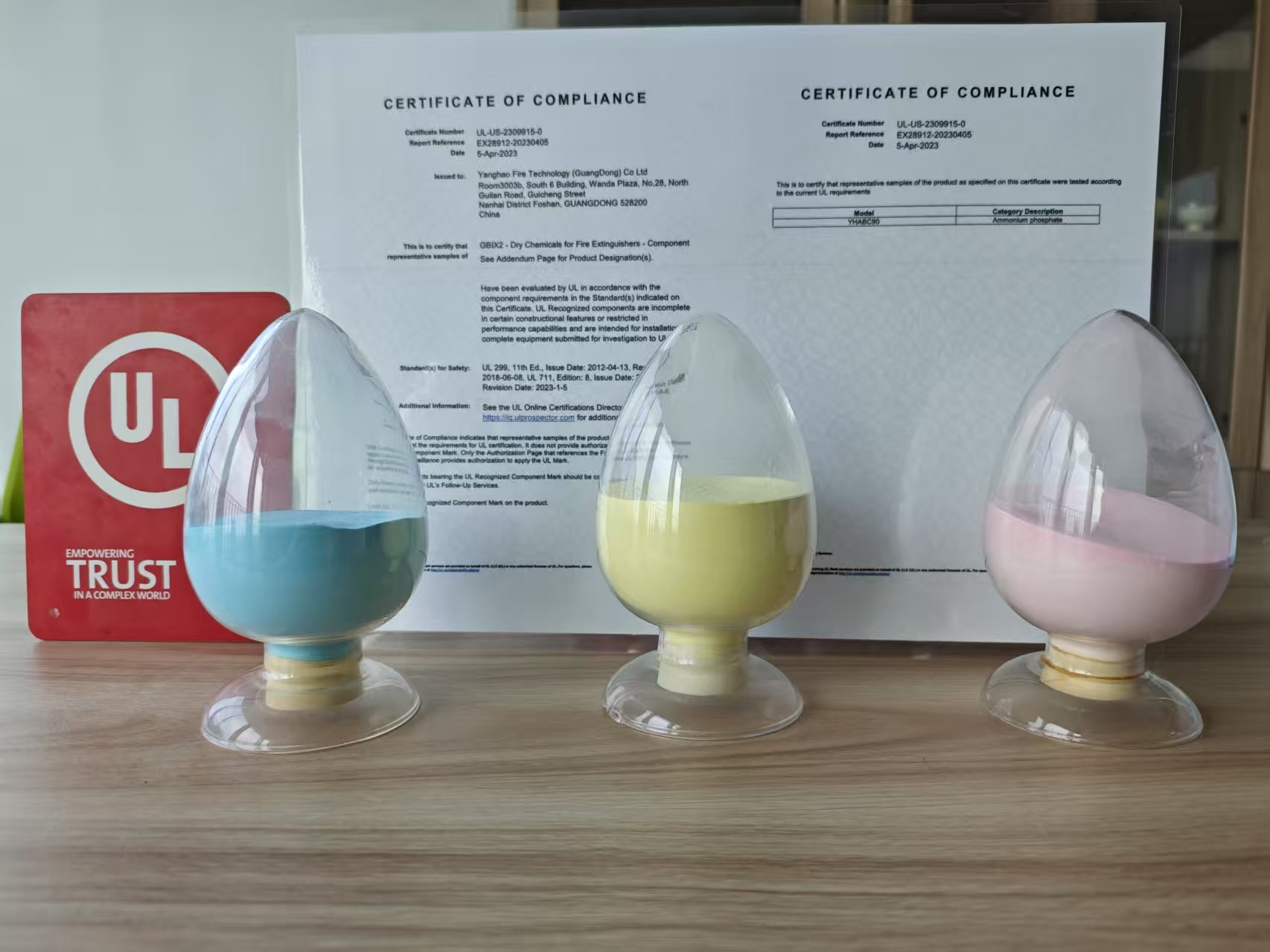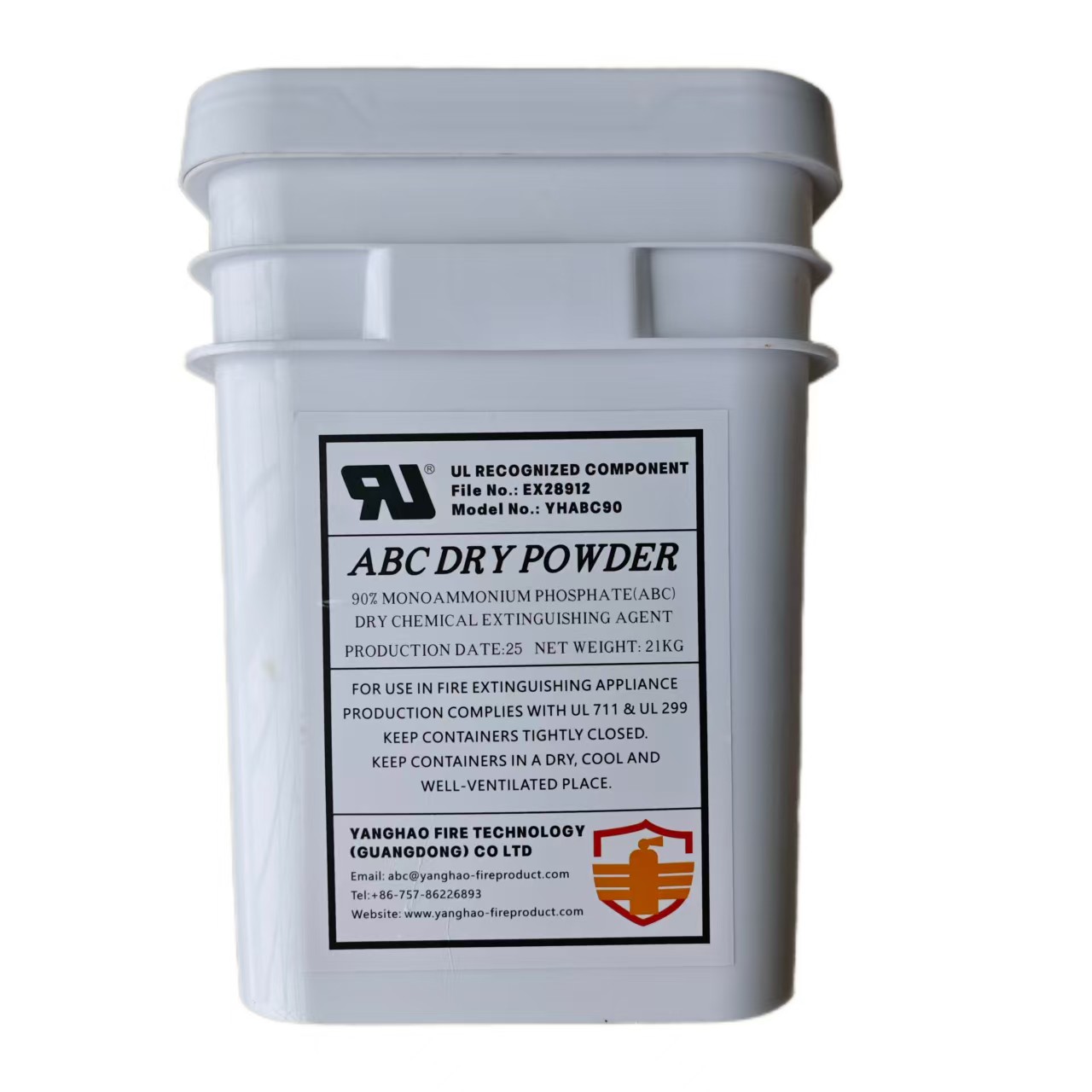How Industrial Enterprises Should Store and Maintain Dry Powder Fire Extinguishing Agents
1. Introduction
In industrial enterprises, dry powder fire extinguishing agents are essential firefighting tools. They are widely used to suppress fires involving flammable liquids, gases, and electrical equipment. Proper fire extinguisher storage and fire extinguishing agent maintenance are critical to ensuring long-term fire safety. Improper handling can reduce effectiveness or render the extinguishers useless in emergencies. Ensuring fire safety in industrial enterprises requires careful planning and adherence to best practices.
2. Proper Storage of Dry Powder Fire Extinguishing Agents
(1) Storage Environment Requirements
Temperature Control: These agents should be stored at -10℃ to 55℃ to prevent deterioration caused by extreme temperatures.
Humidity Management: Keep the fire extinguisher storage area dry and ventilated to prevent moisture absorption, which could lead to powder clumping.
Avoid Chemical Exposure: Store extinguishers away from acids, bases, or oxidizing agents to prevent unwanted chemical reactions.
(2) Choosing the Right Storage Location
Ensure fire extinguisher storage areas are easily accessible and away from excessive heat, electrical sources, or areas with strong vibrations.
Mount extinguishers at a proper height to allow quick retrieval while preventing accidental falls.
Proper storage contributes significantly to overall fire safety, reducing the risk of emergency failures. In industrial enterprises, accessibility is crucial for ensuring a rapid response and fire safety.
3. How to Maintain Dry Powder Fire Extinguishing Agents
(1) Regular Fire Extinguisher Inspections
Check the pressure gauge monthly to ensure the needle is within the green zone.
Inspect the extinguisher body for rust, deformation, or physical damage. Replace immediately if any issue is found.
Ensure the nozzle and valve are unobstructed for proper discharge. Routine inspections are vital for fire safety in industrial enterprises.
(2) Prevent Powder Clumping
Every 3 to 6 months, shake or invert the extinguisher to prevent powder from caking. This keeps the agent evenly distributed and ensures readiness for emergencies.
(3) Annual Inspection and Refilling
According to industry standards, conduct fire extinguishing agent maintenance at regular intervals. A full inspection is required every two years.
If an extinguisher is used or has exceeded its lifespan, it must be refilled or replaced promptly. Proper maintenance enhances fire safety and ensures readiness in industrial enterprises.
4. Common Mistakes in Storage and Maintenance
(1) Incorrect Fire Extinguisher Storage
Some industrial enterprises place extinguishers in humid areas or direct sunlight, leading to performance degradation.
Blocked access to fire extinguisher storage locations can delay response times in an emergency. Poor storage practices can compromise fire safety.
(2) Lack of Regular Maintenance
Many industrial enterprises only check extinguishers during official inspections, neglecting routine fire extinguishing agent maintenance. This could lead to malfunctioning extinguishers when they are needed most. Check regularly to ensure fire safety.
(3) Failure to Replace or Refill Fire Extinguishing Agents
Even if unused, these agents degrade over time. Regular refilling ensures optimal fire safety and reliable performance in industrial enterprises.
5. Conclusion
Proper fire extinguisher storage and fire extinguishing agent maintenance are crucial for industrial enterprises to uphold fire safety. Companies should follow best practices for storage, conduct regular inspections, and comply with industry regulations. By implementing these measures, industrial enterprises can ensure that their extinguishers remain functional, reducing risks and improving workplace fire safety.



